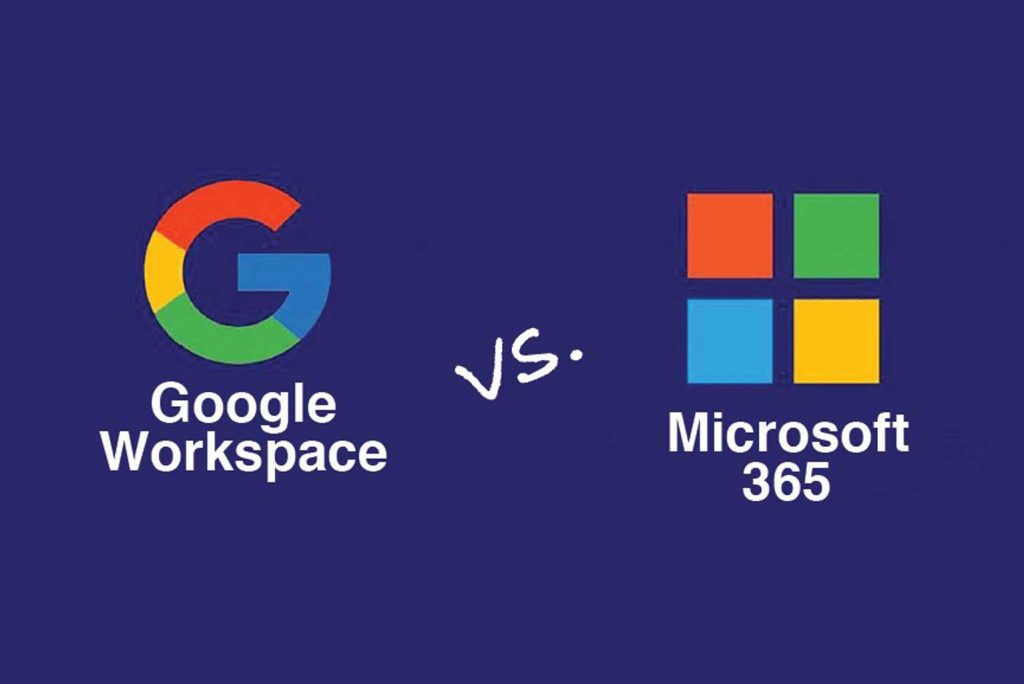In today’s digital ecosystem, where smartphones have become an extension of our lives, it’s no surprise that mobile devices have taken center stage. With a significant increase in mobile internet usage, web developers and designers are shifting their focus towards mobile-first design. This approach prioritizes mobile devices during the web development process, ensuring a seamless user experience for the ever-growing mobile generation. In this article, we’ll delve into what mobile-first design entails and why it is crucial in modern web development.
Understanding Mobile-First Design
Mobile-first design is a design philosophy that emphasizes designing and developing websites for mobile devices first, and then scaling up to larger screens such as tablets and desktops. Traditionally, web design started with creating desktop versions and then adapting them for mobile devices. However, mobile-first design flips this approach, acknowledging the dominance of mobile usage and the need to deliver optimal experiences on smaller screens.Why is Mobile-First Design Important?
- Expanding Mobile Usage: With the proliferation of smartphones, more people now access the internet through mobile devices than desktop computers. By prioritizing mobile-first design, websites can cater to the needs of this expanding user base and deliver an optimized experience.
- Enhanced User Experience: Mobile-first design forces designers to focus on simplicity, prioritization, and efficiency. By starting with a limited screen space, unnecessary elements are stripped away, and content is presented in a concise and user-friendly manner. This streamlined approach enhances usability, reduces load times, and improves overall user experience.
- Better Performance: Mobile-first design encourages developers to adopt optimized code, implement efficient techniques like lazy loading, and reduce file sizes. These practices result in faster load times, reduced bandwidth consumption, and improved website performance across all devices.
- SEO Benefits: Search engines, like Google, have recognized the significance of mobile-friendly experiences and mobile-first indexing. Websites that are mobile-optimized tend to rank higher in search engine results. Implementing mobile-first design principles, such as responsive layouts and fast loading times, can boost a website’s visibility and search engine rankings.
- Future-Proofing: With the continuous advancements in mobile technology, embracing mobile-first design ensures that websites are prepared for the future. By starting with mobile devices, developers can adapt and scale the design to larger screens, taking advantage of new technologies and display capabilities.





